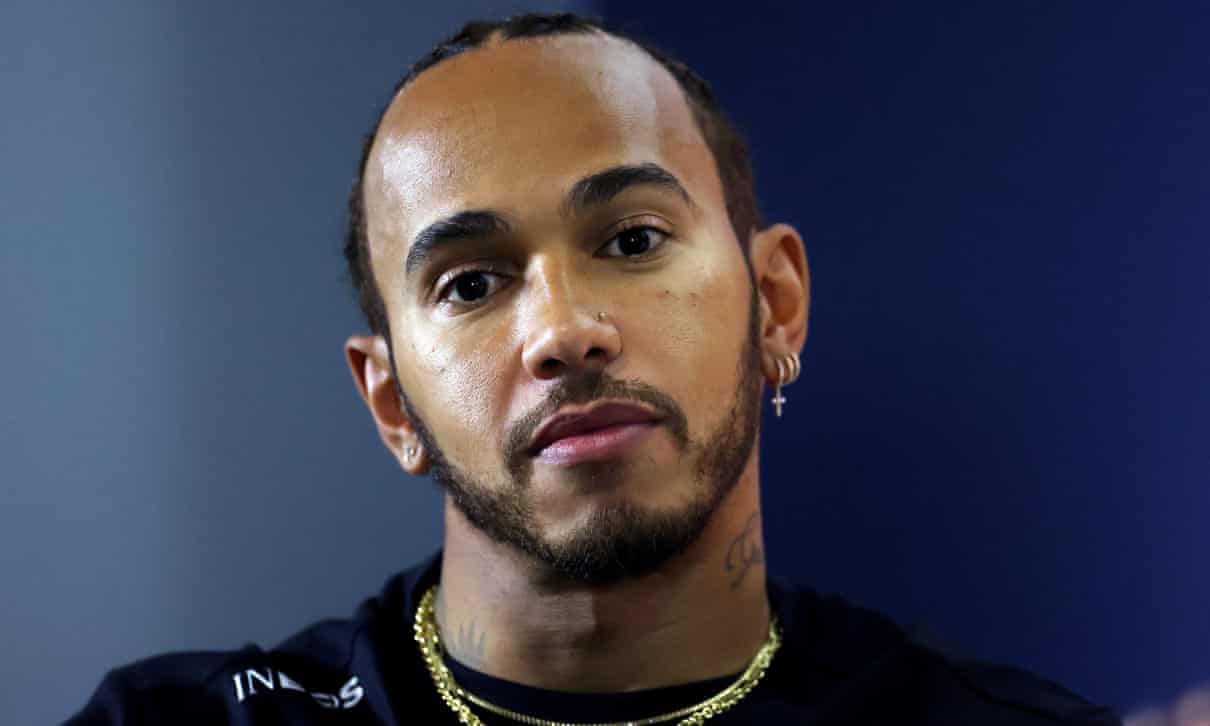I’m a Teen of Mixed Race: Here’s What It’s Like to Grow Up Biracial in America TodayPosted in Articles, Autobiography, Family/Parenting, Identity Development/Psychology, Media Archive, United States on 2020-07-17 14:17Z by Steven |
I’m a Teen of Mixed Race: Here’s What It’s Like to Grow Up Biracial in America Today
Parents
2020-03-03
In this week’s ‘Teen Talk’ column, a teen explains her experience growing up mixed and how parents can help their children navigate the complexities of being biracial with single-race friends and family.
In my eighteen years growing up as mixed race, I’ve only had one biracial friend. She was a year younger than me and endlessly realistic—the one friend everyone needs who tells it like it is.
“Being mixed isn’t some great injustice,” she said to me one morning after I brought up some of the discomforts I had about feeling “othered” by our friends. Growing up, my school district was predominantly white, and my identity had developed around that of my peers. Now, being in an art school where it’s much more diverse, I’ve had to acclimate to the many ways blackness presents itself around me. “Talent scouts, modeling agencies, casting directors … they all love racial ambiguity—it sells better,” she added.
I’d never thought of my mixed skin tone like this before. My mom is white and my dad is black. Although I don’t pass for white at all, with an Afro and dark skin, I am definitely light-skinned compared to others, which has its advantages. But my mixed look has definitely been complicated for me. I was 4 years old the first time I realized that my mother’s hair was nothing like mine and never would be. At age 12 I was referred to by the N-word for the first time and felt such rage and confusion that I didn’t know how to react. My white friend later explained to me that it wasn’t a big deal, her friends said it all the time…
Now 18, I have predominantly white friends, and a white partner. I’m finally at the age where I can recognize not only my privilege in being mixed, but my luck in finding both black and white people that I love and identify with.
Colorism, or discrimination based on skin complexion, plays a huge role in the ways that modern society operates and picks the minorities it wants to show. There is also truth to the fact that being mixed can be incredibly difficult and confusing at times. There have always been a thousand little things that make me feel disconnected from my single-race family and friends. I want parents to understand the complexities that come with raising a mixed child, so they can help their children navigate the “in-betweeness” that I have felt and that never really leaves.
Read the entire article here.





